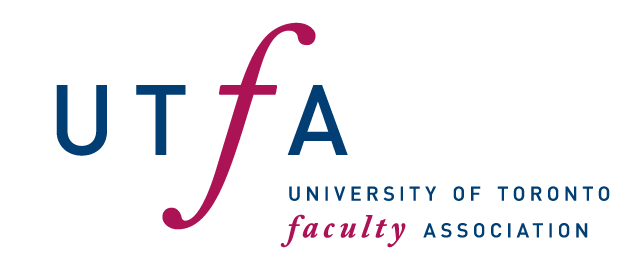Dear UTFA Colleagues,
Please see below “a brief summary of best practices guidance” on exposures to wildfire smoke that UTFA Council representative (and ASHRAE fellow) Prof. Jeffrey Siegel shared with his constituents. We appreciate that he has consented to our sharing this more broadly with colleagues across the University who may find it useful.
All the best,
Terezia Zorić
--
Hi All: I have had some questions about wildfires and the exposures to smoke. Here is a brief summary of best practices guidance.
Wildfire smoke is a mix of gas phase and particle pollutants, many of which are known to have health impacts. We have good control approaches for the particles and so we tend to focus on them (with good reason, they are an important component of the health risk), but the risk is broader than that addressed below.
Although the exposure is unhealthy for everyone, there are many who are at higher risk. They include the very young (including expectant mothers), the elderly, those with respiratory, cardiac, and cardiovascular disease, those who have asthma and allergies, and a variety of other health endpoints that are exacerbated by poor air pollution. And, the concentrations are very high and so this guidance is intended for everyone.
- Minimize time outdoors. Balance the value of outdoor exercise with the increased exposure that will result, especially at higher breathing rates.
- Wear a well-fitting high quality respirator type mask when you are outdoors. The particles that cause harm are all small enough to require high quality filtration and so there is considerably less benefit (although still some) from using a lower quality mask. This is essential for those who are in high risk categories. Many should consider wearing these masks indoors as well.
- Close doors and windows. A caveat to this point is that extreme heat is huge risk for some parts of the population and can be more serious than the exposure to wildfire smoke and so the balance between reducing exposure to smoke if the temperature inside gets warm is important.
- If you have a central forced air system, operate the fan continuously if you have a MERV 11 or better filter. A MERV 13-15 is preferred. MERV 8 and lower do very little for the particles that are at issue here.
- Operate portable filters in occupied spaces. The same guidance from COVID applies about filters (eg, sized appropriately for the room, operated on as high flow as possible).
- Support those in your community who are at higher risk, live and/or work outdoors, do not have access to resources for things like masks and filters, and have to balance extreme heat risk with wildfire exposure risk.
As always, feel free to reach out with specific questions and for more detailed resources.
Take care,
Jeff
Jeffrey Siegel, Ph.D., Professor
Bahen/Tanenbaum Chair in Civil Engineering
Department of Civil & Mineral Engineering | University of Toronto
35 St. George St.| Toronto | ON | M5S 1A4
Email: jeffrey.siegel@utoronto.ca
Web: http://civmin.utoronto.ca/home/about-us/directory/professors/jeffrey-siegel/
Tel: (416) 978-7975
